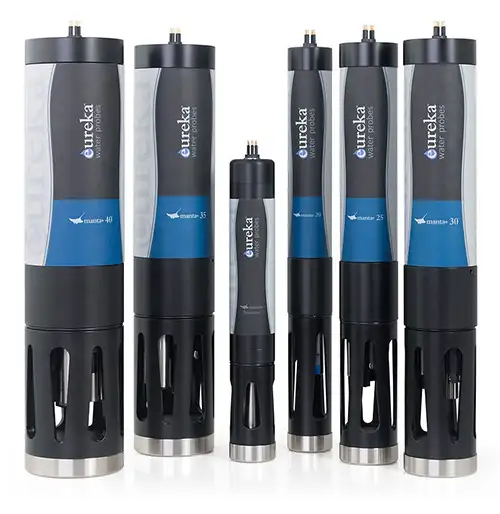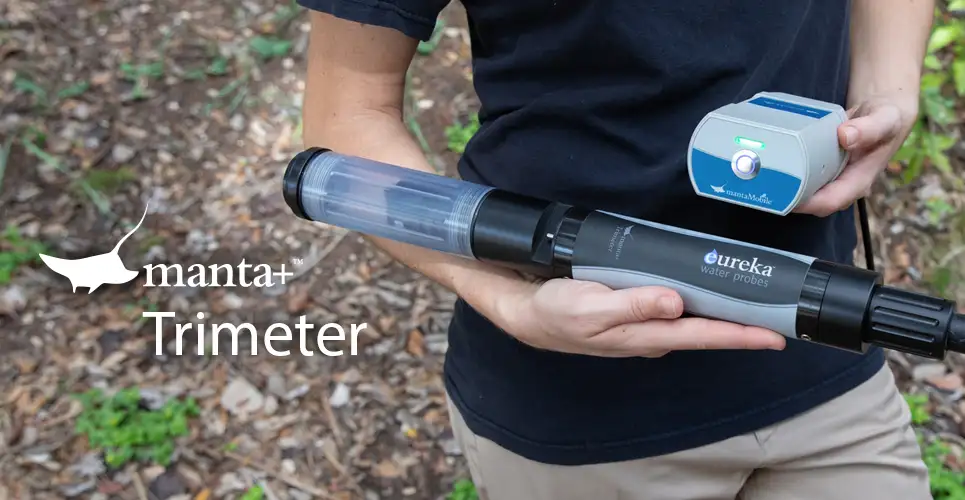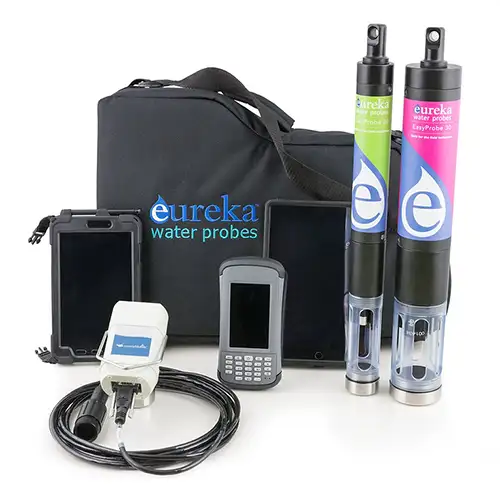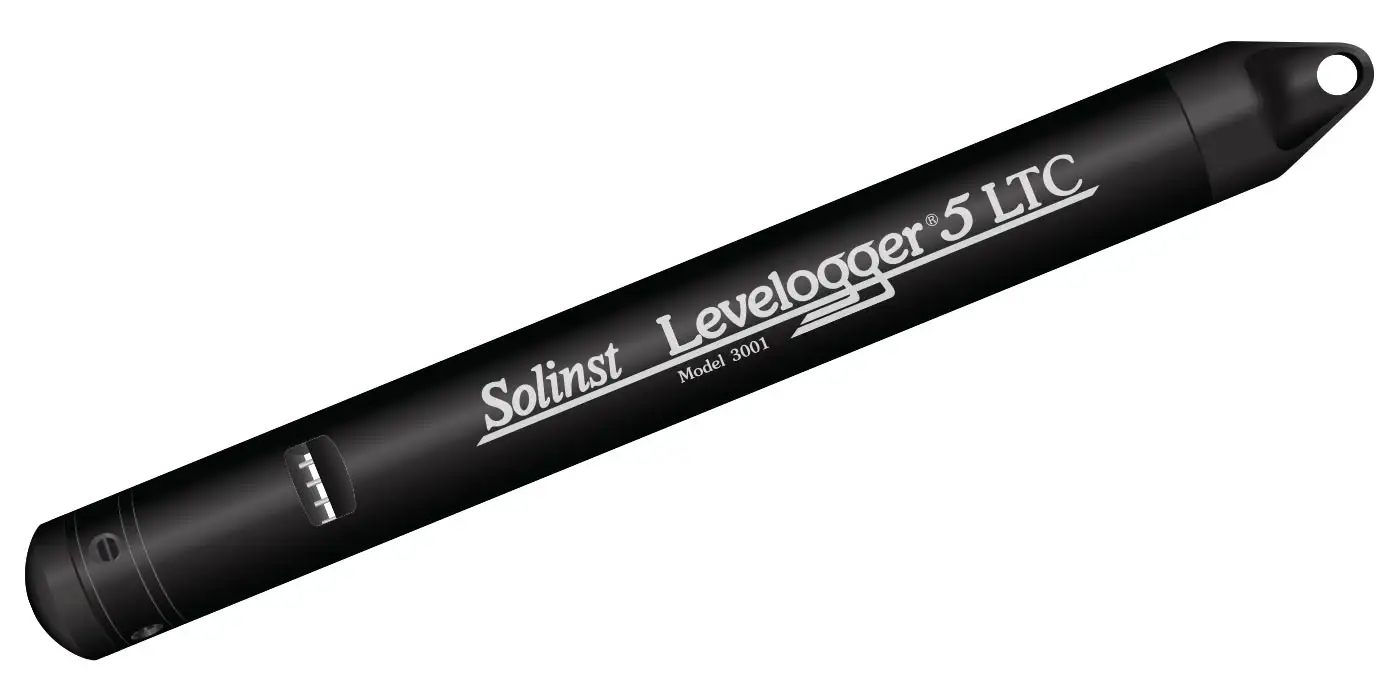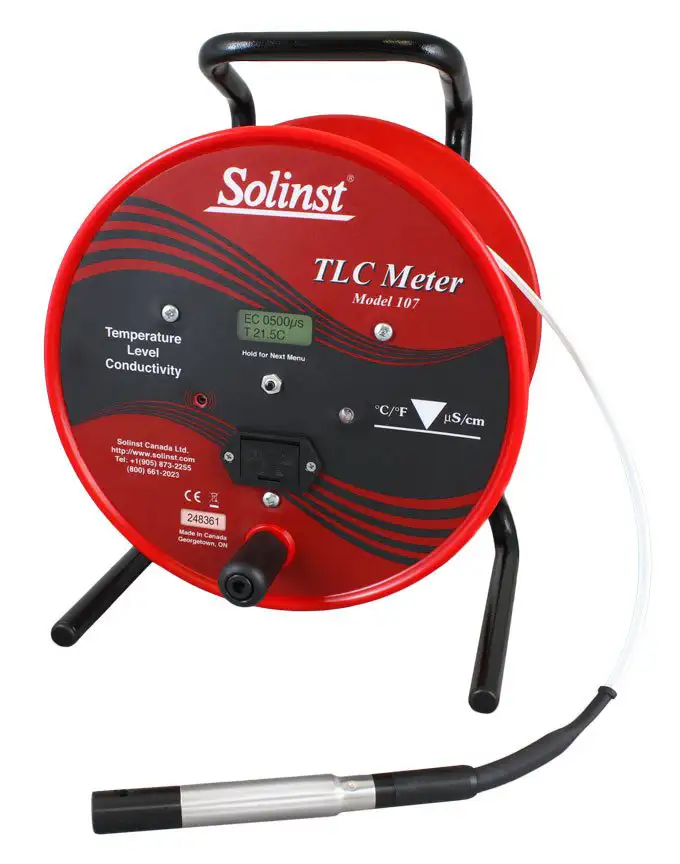Pressure Sensors: Water Quality Monitoring
Solinst Eureka
2113 Wells Branch Pkwy, Suite 4400
Austin, TX, USA
78728
Tel: +1 512-302-4333
Fax: +1 512-251-6842
email: [email protected]
Water Quality Probes
Solinst Eureka, a global leader in the design and manufacture of multiparameter water quality sondes.
Solinst Field Services
Safeguard your project’s success and mitigate any potential for downtime or additional costs.
Depth sensor is mounted in a recess in the water probe’s sensor end-cap.
Why would I want to measure depth or level?
Depth is distance below the water surface. Stage is the same thing, except that stage sensors are more accurate over a smaller range (usually a maximum of 10 meters) than depth sensors and are vented to the atmosphere at the surface. The term “level” is often used interchangeably with stage.
Depth, like GPS location, is a valuable marker for water-quality data in that it allows comparable readings to be made over long periods of time.
In addition, the dynamics of natural water bodies can vary greatly with water depth. For instance, dissolved oxygen often changes from near-saturation to near-zero in deep waters. Monitoring dissolved oxygen as a function of depth provides a dynamic model that can be compared with other phenomenon, such as rainfall, primary production, or fish populations.
Stage sensors are valuable for monitoring water bodies for which a small change in water level corresponds to a large change in water volume, such as wetlands. They are similarly valuable for water bodies for which a small change in level corresponds to a predictable event, such the movement of a salt wedge in an estuary.
How are depth and stage measured?
Depth and stage are measured by strain-gauge transducers, sensors whose response changes with changing hydrostatic pressure (i.e. water depth). Note that hydrostatic pressure is influenced by barometric pressure (BP) – the higher the BP, the higher the hydrostatic pressure. Depth sensors are referenced to absolute zero pressure, and so are oblivious to the effect of BP on hydrostatic pressure – this is OK, since small changes in BP do not make much difference if you are measuring deep water bodies. But stage sensors are connected to the atmosphere with a small vent tube, to make sure that changes in BP are not mistaken for changes in hydrostatic pressure. That can be important if you are interested in very small stage changes, as a change in BP of 10 mmHg would otherwise be reported as a change of 0.13 meters of water.
Hydrostatic pressure is determined in part by water density, and water density increases with increasing salinity. That means that if you add salt to a water column, the depth and stage readings will increase even though the water level does not change. But, if you have a multiprobe that also measures conductivity, Solinst Eureka uses that conductivity to estimate the salinity of the water and uses that estimate to correct the depth or stage reading.
Depth and stage sensors are factory-calibrated for slope response, but occasionally must be re-calibrated for zero setting. This is done by calibrating the sensor to zero in air, ideally at the site where measurements will be taken.
What shoud I know about depth and stage measurement in the field?
What should I know about depth and stage measurement in the field?
Depth and stage sensors have almost zero response time. However, large changes in temperature might require 10 seconds or so before the reading settles.
Depth and stage sensors are completely enclosed except for a small port, and so rarely require maintenance. However, if you notice that the sensor no longer responds to changes in water level, check to make sure the sensor port is not clogged. If it appears to be clogged, clean it out very carefully by squirting the clog with a hypodermic syringe filled with clean water. Do not stick the needle into the port.
Stage sensors use cables with a dryer (desiccant canister), at the surface end of the cable. The dryer absorbs water that might otherwise block the vent tube with condensation. It is a good idea to replace the desiccants inside the dryer once a year or more frequently if needed.
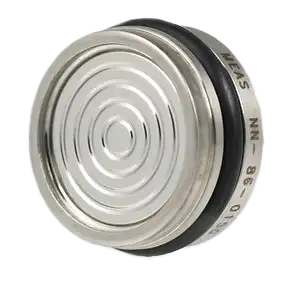
Pressure Sensors for
Water Quality Sondes
- Range
0 to 10 m, vented depth (stage)
0 to 25 m, depth absolute
25 to 200 m, depth absolute
400 – 900 mm Hg, BP - Accuracy
±0.003, vented depth (stage)
±0.05, 0 – 25 m depth
±0.4, 0 – 200 m depth
±1.5 BP - Resolution
0.01 depth, 0.001 vented depth
0.1 BP - Units
meters, feet - Calibration
set zero at water surface - Maintenance
cleaning and calibration - Sensor Life
10 years - Sensor Type
strain gauge with stainless-steel diaphragm installed in body of multiparameter sonde
Solinst Eureka’s unique depth or stage configuration on Manta sondes
An absolute depth sensor (pressure transducer), or vented depth sensor, may be added to any Manta or Trimeter multiprobe, along with other sensors. The depth sensor if vented, requires that the underwater cable be “non-removable”. If an absolute depth sensor is chosen, a standard underwater cable may be used. The depth sensor needs no space in the sensor end cap, as it is enclosed behind a small pin hole on the side of the Manta body near the end cap. If a depth sensor is installed on a Manta or Trimeter sonde, a menu selection in the Manta Control Software may be used to “get BP” (measure and record the Barometric Pressure). This feature comes in handy when calibrating dissolved oxygen in the field.
Related Products
Manta Series Water Quality Probes
Solinst Eureka offers the largest selection of water quality sensor technologies in the industry. So in addition to standard configurations, each probe may be customized for your specific application. Pick sensors of your choice to fully populate larger probes, or add a battery pack to convert a probe to a logging device.
Manta Trimeter Water Quality Probe
The Trimeter holds any one sensor* from the Sensor Parameters list, Plus temperature and depth sensors (both are optional). For example, a Trimeter configuration could be turbidity, temperature, and depth. Another example could be DO and temperature.
EasyProbe: Water Quality Sondes
The EasyProbe, by Solinst Eureka, is a high-performance, cost-effective water quality monitor. It's ideal for spot-checking, remote telemetry, education, research, aquaculture, and more. The EasyProbe20 includes sensors for temperature, dissolved oxygen, conductivity, and pH, while the EasyProbe30 adds a turbidity sensor. Eureka multiprobes are known for their reliability, with a three-year warranty covering all sensors, and have the lowest maintenance costs in the industry.
Water Level, Temperature & Conductivity Datalogging
The Levelogger 5 LTC measures and logs water level fluctuations, temperature and conductivity. It is programmed to record at intervals as often as 2 seconds. It includes an 8-year battery, memory for 100,000 sets of readings, and comes in 6 pressure ranges. A PFAS-free coating (inside and out) provides superior corrosion and abrasion resistance.
TLC Meter – Measure Accurate Temperature, Level & Conductivity
A TLC Meter provides accurate, stable temperature and conductivity measurements, displayed on a convenient LCD display for easy reading. Static water level and depth of readings are read off Solinst flat tape, which is precisely laser-marked every mm or 1/100 ft. Tape lengths are available to 300 m (1000 ft).

